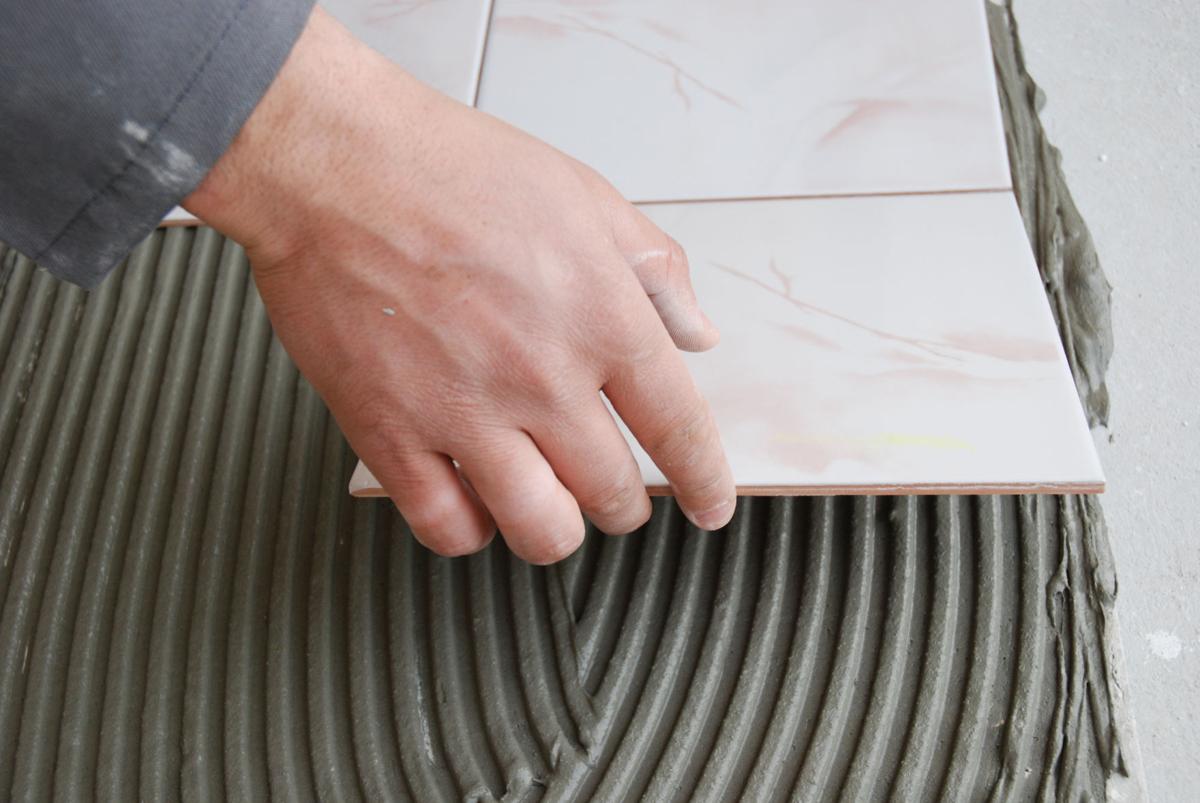QUESTION: I have an 18-year-old home with 12-inch tiles on the floor. Fifty tiles are coming loose. I don’t know what’s causing it, but I had some loose tiles when I bought the house 16 years ago. There are no cracks in the tile. What could be causing the problem? I either have to redo the entire floor, which could be quite expensive, or re-install my old tiles because they don’t make 12-inch tiles any more.
ANSWER: It’s hard to know what’s causing this situation, but historically, tile delaminates from the slab due to foundation issues, moisture problems or poor initial installation. Since there are no cracks or breaks in the tiles, it’s probably not a foundation issue, your tiles were probably just installed improperly. But before you proceed with re-installing the tiles, you need to have a moisture test done to see if that is the problem and how to eliminate it. After that issue is resolved, you can proceed with reinstalling the tiles again.
Q: I’d like to replace a tree in my yard that has died. I’ve been considering planting a jacaranda or a fruitless olive. Both trees were recommended to me by a landscaper. Which would be best and is it too late in the spring to plant one of them?
A: Either one would probably be a good choice. The olive is going to be more slow-growing. The jacaranda can be more temperamental and harder to get started; it needs more nutrients than we have in our native soils. But it’s a nice flowering tree – originally from southern Mexico. And it’s never too late to plant; in fact it’s always a good time to plant in Arizona. If you are worried about the heat and sun, you could put up a shade structure for a while to get a tree through the spring and summer. Shade cloth can still allow a little sun to get through to the plant during the hot months.
Q: Can a smart thermostat that uses sensors in each room of the house balance the comfort level in my home?
A: I assume you’re trying to cool down some hotter rooms in your house with that technique. It sounds like a lot of work, and it doesn’t sound easy to do. You should have a whole house energy audit done so that you can find out exactly what’s going on with your heating and cooling system. The audit can provide you with solutions so an HVAC contractor can make adjustments or repairs in your system.
Q: What type of paint can I use to seal the stem wall of my house from moisture?
A: If you want to paint it, you need to seal it first. Buy a cement-based waterproof coating designed for exterior below-grade concrete or masonry. It’s going to come in a powdery form that you will mix with water. Try to dig down at least a foot. Coat the exposed stem wall to prevent intrusion of water into the foundation and to keep your future paint job from blistering. It can also be used as a base coat above-grade on concrete or masonry.





